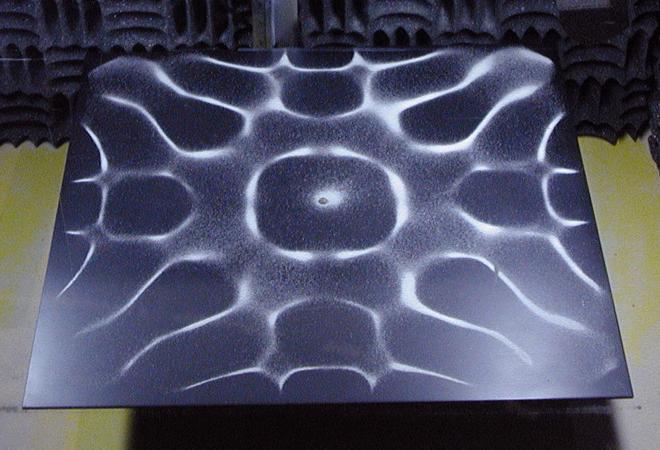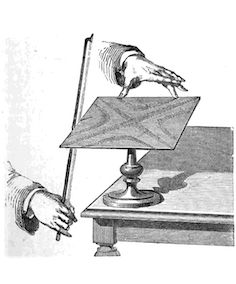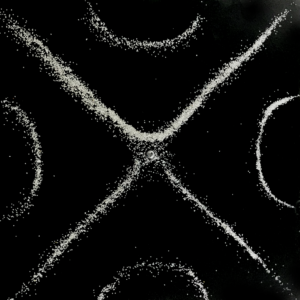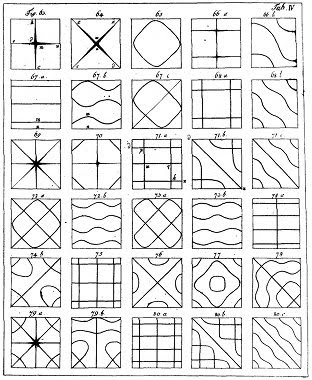
Chladni Plates
“Chladni’s Plates”, enable us to visualize the effects of vibrations on mechanical surfaces.
Components:
- Sand
- Metalic plate
- Sound generator
Working Principle:
The scientist, musician, and musical instrument builder Ernst Chladni (1756-1827), produced Chladni plates in the late 18th century to demonstrate the complex patterns of standing wave vibrations that can occur in two-dimensional objects.

The iron plates were made to vibrate by stroking them with a violin bow. When a plate is stroked, it will resound at one of its natural frequencies. The experimenter next sprinkles fine sand on the plate, which bounces around until it settles at nodal points (areas of zero movement), resulting in elaborate patterns like the one shown below.

In his book Die Akustic, he describes this visualisation approach (published in 1802).
In theory, any plate can have an infinite number of vibration modes, each of which corresponds to a different sound frequency. Each mode generates a distinct pattern, which grows in complexity as the vibration frequency rises. The shape of the patterns created on a given plate is determined by a variety of parameters, including the plate’s shape. The accompanying graphic from Chladni’s book gives an idea of the range of conceivable patterns.

Instructions:
- Place a thin layer of sand on top of the plate
- Generate sound with different frequencies
- Observe the different patterns
Links:
Chladni Figures – random couscous snaps into beautiful patterns
Cymatics: Chladni Plate – Sound, Vibration and Sand
Ernst Chladni: Physicist, Musician and Musical Instrument Maker
Chladni Figures: Amazing Resonance Experiment